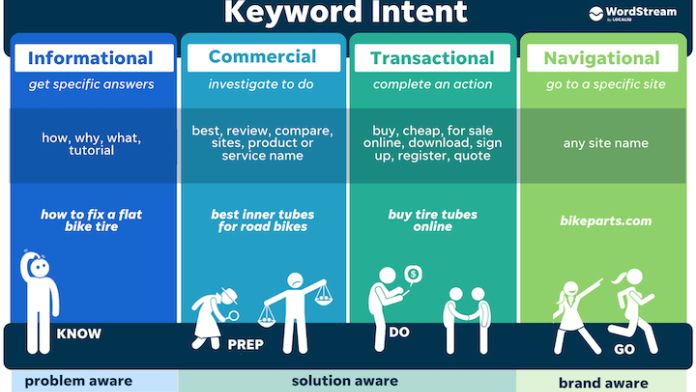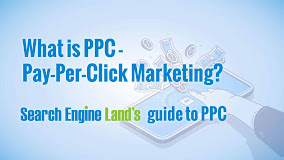Digital marketing strategy?
Digital marketing strategy template
A digital marketing strategy template is a blueprint that outlines the steps needed to achieve specific goals online. It includes an analysis of the target audience, a breakdown of the marketing channels to be used, and metrics to measure success. The template is used by businesses to create an effective digital marketing plan that maximizes ROI. A successful strategy template includes a clear understanding of the buyer persona, setting SMART goals, and identifying key performance indicators. The digital marketing channels may include search engine optimization, social media marketing, email marketing, and content marketing. Regular review and analysis of the metrics allow businesses to make informed decisions and adjust their strategies accordingly.
The importance of digital marketing.
Digital marketing has become increasingly important in today's business landscape. With the majority of consumers spending a significant amount of time online, businesses that leverage digital marketing strategies can reach a larger audience and build stronger brand recognition. Digital marketing allows for targeted advertising, personalized messaging, and real-time engagement with customers. It also provides valuable data and insights into consumer behaviour and preferences, allowing businesses to tailor their marketing efforts accordingly. In addition, digital marketing is often more cost effective than traditional marketing methods, making it a viable option for businesses of all sizes. Overall, digital marketing is a powerful tool that can help businesses stay competitive in today's digital age.
Tell me about the digital marketing tactic.
Digital marketing tactics are the specific strategies used to execute a digital marketing campaign. These tactics can include search engine optimization (SEO), social media marketing, pay-per-click (PPC) advertising, email marketing, content marketing, influencer marketing, and more. Each tactic has its unique benefits and is suited for specific business goals and target audiences. For example, SEO is a long-term strategy that focuses on increasing a website's visibility in search engine results, while social media marketing is more immediate and focuses on building brand awareness and engagement. By using a combination of tactics that align with their goals and target audience, businesses can create a comprehensive digital marketing strategy that drives results.
Strategy vs Tactic
Strategy and tactic are two different but interrelated concepts.
A strategy is a high-level plan that outlines the overarching goals and objectives of an organization or project, and the approach to achieve them. It involves analyzing the environment, identifying opportunities and challenges, and developing a plan to allocate resources to achieve the desired outcomes. A strategy is usually long-term and sets the direction for the organization or project.
On the other hand, a tactic is a specific action or approach taken to achieve a particular goal or objective within the larger strategy. It involves implementing the steps or techniques that support the strategy and achieving the short-term objectives. Tactics are usually shorter-term and more concrete than strategies.
In summary, a strategy is a plan for achieving long-term goals and objectives, while tactics are the specific actions taken to implement the strategy and achieve shorter-term goals.
Create a digital marketing strategy?
To create a digital marketing strategy, businesses need to define their goals, understand their target audience, and determine the most effective channels to reach them. This involves conducting market research, analyzing competitors, and identifying the unique value proposition of the business. Once the target audience and channels are identified, businesses can create a content plan that is tailored to the audience and the channels used. The plan should also include a budget, timeline, and metrics to track progress and measure success. Regular review and analysis of the data can help businesses optimize their strategies and make necessary adjustments. An effective digital marketing strategy can help businesses increase brand awareness, generate leads, and drive revenue growth.
A career in Digital Marketing
A career in digital marketing offers a range of opportunities for individuals who are passionate about technology, creativity, and data analysis. Digital marketing roles include SEO specialists, social media managers, content creators, PPC advertising specialists, email marketing managers, and more. These roles require a mix of skills such as marketing strategy, data analysis, content creation, and project management. A career in digital marketing also offers the potential for growth and career advancement, as the field continues to evolve and expand. Additionally, with the increasing importance of digital marketing in business, the demand for skilled professionals in the field is expected to grow in the coming years.
What is a marketing strategy?
A marketing strategy is a comprehensive plan that outlines an organization's approach to promoting its products or services to a target audience. It involves analyzing the market, identifying customer needs, and developing tactics to reach and engage with the target audience. A marketing strategy typically includes defining the organization's value proposition, setting marketing objectives, identifying the target audience, developing a marketing mix (product, price, promotion, and place), and creating a budget and timeline. The strategy is reviewed and adjusted regularly to ensure that it remains relevant and effective. An effective marketing strategy can help businesses increase brand awareness, attract new customers, and retain existing ones.
Table of Contents
A Table of Contents (TOC) is a list of the sections or chapters of a document or book, arranged in the order they appear. The TOC serves as a roadmap for readers to navigate through the document or book and locate specific information quickly. It usually includes headings and subheadings, along with their page numbers. In longer documents, the TOC may be divided into sections for easier navigation. Creating a TOC is an important step in organizing a document or book and making it more user-friendly. It also allows readers to get a sense of the structure and content of the document or book before reading it in full.
7 stages of digital marketing strategy
Here are 7 stages of a digital marketing strategy:
Research and Analysis: Conduct market research to understand your target audience, competition, and market trends. Analyze the data to identify opportunities and challenges.
Define Goals and Objectives: Establish clear goals and objectives that align with the business strategy and are specific, measurable, achievable, relevant and time-bound.
Develop a Target Audience Profile: Create a detailed profile of your target audience, including demographics, psychographics, behaviour, and needs.
Choose Channels and Tactics: Identify the most effective channels and tactics to reach your target audiences, such as SEO, PPC advertising, social media, email marketing, and content marketing.
Develop Content Plan: Create a content plan that is tailored to the target audience and the channels used. The plan should include a mix of formats and topics that align with the goals and objectives.
Implementation and Execution: Execute the plan by creating and publishing content, managing campaigns, and analyzing the results.
Measure and Optimize: Track and analyze the results of the campaigns and content to measure performance and make necessary adjustments. Use the insights to optimize the strategy and improve results over time.
The role of technology in digital marketing
Technology plays a critical role in digital marketing by enabling businesses to reach and engage with their target audience in innovative and efficient ways. The use of technology in digital marketing includes leveraging social media platforms, search engine optimization (SEO), pay-per-click (PPC) advertising, email marketing, content marketing, and data analytics. Technology enables businesses to collect and analyze customer data, track campaign performance, personalize marketing messages, automate processes, and target specific segments of the audience. By leveraging technology effectively, businesses can optimize their digital marketing strategies, increase brand awareness, generate leads, and drive revenue growth.



Comments
Post a Comment